Home>Furniture & Design>Bathroom Accessories>How To Descale A Toilet Bowl
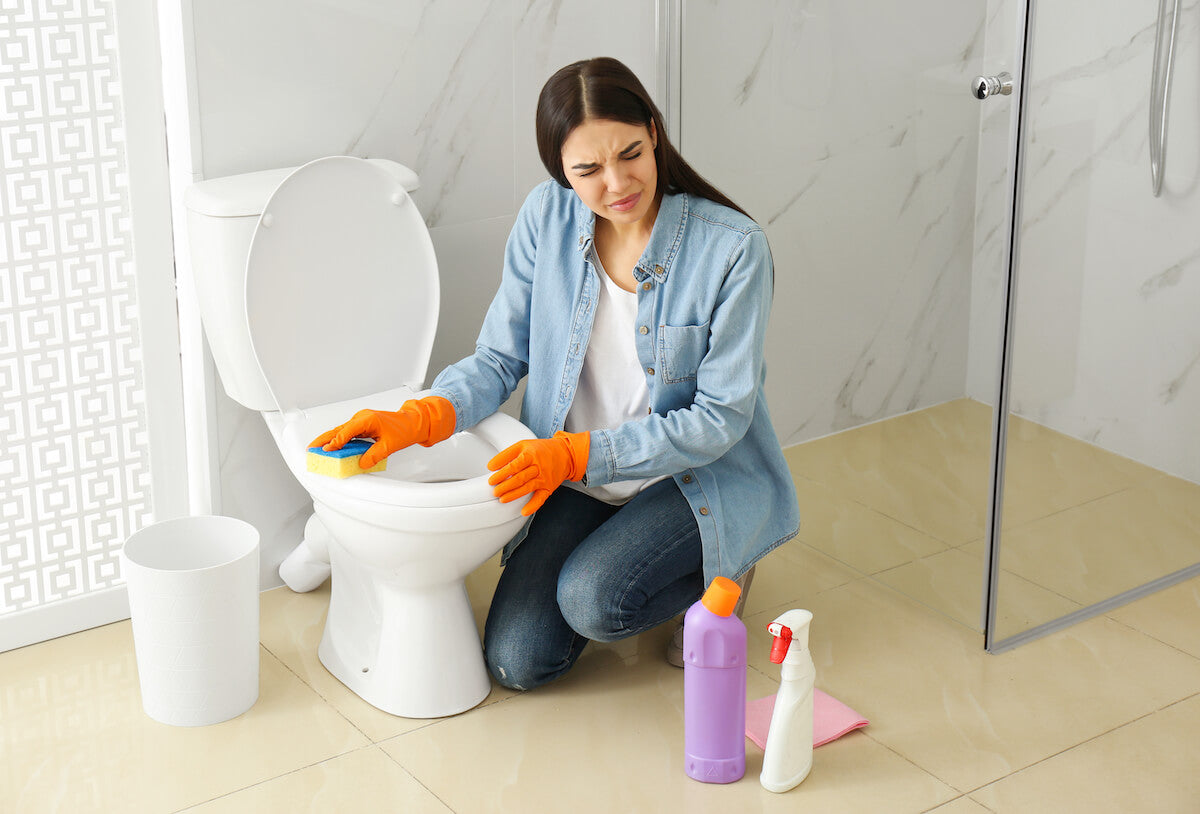

Bathroom Accessories
How To Descale A Toilet Bowl
Modified: August 28, 2024
Learn how to effectively descale a toilet bowl with our expert tips and recommendations for bathroom accessories. Keep your bathroom clean and fresh with our easy-to-follow descaling techniques.
(Many of the links in this article redirect to a specific reviewed product. Your purchase of these products through affiliate links helps to generate commission for Storables.com, at no extra cost. Learn more)
Introduction
Maintaining a clean and hygienic bathroom is essential for a comfortable and healthy living environment. One of the key elements in achieving this is ensuring that the toilet bowl remains free from stubborn stains, mineral deposits, and limescale buildup. Over time, these unsightly and unhygienic accumulations can develop, detracting from the overall cleanliness and appearance of the toilet. This is where the process of descaling comes into play.
Descaling a toilet bowl involves the removal of mineral deposits, limescale, and other stubborn stains that can accumulate over time. These deposits are often caused by hard water, which contains high levels of minerals such as calcium and magnesium. When hard water is used for flushing and cleaning, these minerals can gradually build up, leading to unsightly stains and deposits in the toilet bowl.
In addition to the aesthetic concerns, the presence of limescale and mineral deposits can also affect the functionality of the toilet. Buildup in the rim and siphon jets can impede the flow of water, leading to inefficient flushing and potential blockages. Furthermore, these deposits can harbor bacteria and germs, compromising the overall hygiene of the toilet.
Understanding the importance of descaling and the various methods available for achieving a clean and limescale-free toilet bowl is crucial for maintaining a sanitary and visually appealing bathroom. Whether utilizing commercial descaling products or natural remedies, the goal remains the same: to effectively remove stubborn stains and mineral deposits while ensuring the optimal functioning and cleanliness of the toilet bowl.
Key Takeaways:
- Say goodbye to stubborn stains and limescale in your toilet bowl! Use natural methods like vinegar and baking soda or commercial descaling products for a clean and hygienic bathroom.
- Keep your toilet bowl clean and limescale-free with regular maintenance. Use toilet bowl cleaners, consider water softening solutions, and inspect for early signs of buildup to maintain a fresh and inviting bathroom.
Read more: How To Dispose Of A Toilet Bowl
Understanding the Importance of Descaling
Descaling a toilet bowl is a crucial aspect of bathroom maintenance that often goes overlooked. Over time, mineral deposits, limescale, and stubborn stains can accumulate in the toilet bowl, detracting from its cleanliness and overall appearance. These unsightly accumulations are primarily caused by the use of hard water, which contains high levels of minerals such as calcium and magnesium. When hard water is used for flushing and cleaning, these minerals can gradually build up, leading to the formation of stubborn stains and deposits in the toilet bowl.
The presence of limescale and mineral deposits not only affects the visual appeal of the toilet but also has functional implications. Buildup in the rim and siphon jets can impede the flow of water, leading to inefficient flushing and potential blockages. This can result in a less effective flushing mechanism, leading to the need for more frequent cleaning and maintenance.
Furthermore, the accumulation of limescale and mineral deposits can create an environment conducive to the growth of bacteria and germs. This compromises the overall hygiene of the toilet and can contribute to unpleasant odors and potential health hazards. By regularly descaling the toilet bowl, these unsanitary conditions can be effectively addressed, ensuring a clean and hygienic bathroom environment.
In addition to the visual and functional implications, the presence of limescale and mineral deposits can also impact the longevity of the toilet bowl. If left unchecked, these deposits can cause corrosion and damage to the porcelain surface, leading to the need for costly repairs or premature replacement of the toilet.
Understanding the importance of descaling is essential for maintaining a clean, hygienic, and visually appealing bathroom. By addressing the accumulation of limescale and mineral deposits, the overall cleanliness, functionality, and longevity of the toilet bowl can be preserved, contributing to a more pleasant and sanitary bathroom environment for all occupants.
Different Methods for Descaling
Descaling a toilet bowl can be accomplished through various methods, each offering unique advantages and considerations. Understanding the different approaches to descaling is essential for effectively addressing mineral deposits, limescale, and stubborn stains in the toilet bowl. Here are some of the most common methods for descaling:
Using Commercial Descaling Products
Commercial descaling products are specifically formulated to effectively remove mineral deposits, limescale, and stubborn stains from toilet bowls. These products often contain powerful chemical agents that work to dissolve and break down the buildup, restoring the toilet bowl to a clean and limescale-free state. When using commercial descaling products, it is important to carefully follow the manufacturer's instructions to ensure safe and effective application. Additionally, it is advisable to wear protective gloves and ensure proper ventilation when using these products.
Natural Descaling Methods
For those seeking a more environmentally friendly approach to descaling, natural methods can be highly effective. One popular natural descaling method involves using a combination of white vinegar and baking soda. The acidic nature of white vinegar helps to dissolve mineral deposits and limescale, while baking soda acts as a gentle abrasive to help scrub away stubborn stains. To use this method, simply pour a generous amount of white vinegar into the toilet bowl and add a small amount of baking soda. Allow the mixture to sit for a period of time, then use a toilet brush to scrub the bowl thoroughly. This natural descaling method is not only effective but also safe for the environment and the user.
Read more: How To Choose A Toilet Bowl
Mechanical Descaling Techniques
Mechanical descaling techniques involve the use of physical tools and implements to manually remove mineral deposits and limescale from the toilet bowl. One common mechanical descaling tool is a pumice stone specifically designed for use on porcelain surfaces. When used carefully and with the appropriate technique, a pumice stone can effectively remove stubborn stains and mineral deposits without causing damage to the toilet bowl. It is important to exercise caution when using mechanical descaling techniques to avoid scratching or damaging the porcelain surface of the toilet bowl.
Preventative Maintenance
In addition to reactive descaling methods, implementing preventative maintenance practices can help minimize the accumulation of mineral deposits and limescale in the toilet bowl. Regular cleaning and maintenance, including the use of toilet bowl cleaners specifically formulated to prevent limescale buildup, can help preserve the cleanliness and appearance of the toilet bowl. Furthermore, installing a water softener can help reduce the impact of hard water, minimizing the formation of mineral deposits and limescale in the toilet bowl over time.
By understanding the different methods for descaling a toilet bowl, individuals can choose the approach that best aligns with their preferences, environmental considerations, and the specific needs of their bathroom. Whether utilizing commercial descaling products, natural remedies, mechanical techniques, or preventative maintenance, the goal remains the same: to effectively remove mineral deposits, limescale, and stubborn stains, ensuring a clean and limescale-free toilet bowl for a hygienic and visually appealing bathroom environment.
Using Commercial Descaling Products
Commercial descaling products are specifically formulated to effectively remove mineral deposits, limescale, and stubborn stains from toilet bowls. These products often contain powerful chemical agents that work to dissolve and break down the buildup, restoring the toilet bowl to a clean and limescale-free state. When using commercial descaling products, it is important to carefully follow the manufacturer's instructions to ensure safe and effective application. Additionally, it is advisable to wear protective gloves and ensure proper ventilation when using these products.
One of the key advantages of using commercial descaling products is their high efficacy in removing tough stains and mineral deposits. These products are designed to target and dissolve the buildup, making it easier to scrub away stubborn stains and restore the toilet bowl to its original cleanliness. Furthermore, commercial descaling products often require minimal effort, as the chemical agents work to break down the deposits, reducing the need for extensive scrubbing and manual labor.
When selecting a commercial descaling product, it is important to consider the specific needs of the toilet bowl and the severity of the limescale and mineral deposits. Some products are formulated for regular maintenance and mild descaling, while others are designed to tackle heavy buildup and stubborn stains. By choosing a product that aligns with the specific descaling requirements, individuals can achieve optimal results with minimal effort.
It is essential to prioritize safety when using commercial descaling products. These products often contain potent chemical agents that can be harmful if not used properly. It is crucial to read and follow the manufacturer's instructions carefully, including any recommended safety precautions. Wearing protective gloves and ensuring adequate ventilation in the bathroom are important measures to safeguard against potential exposure to the chemical agents.
In addition to their descaling properties, some commercial products also offer features such as deodorizing and disinfecting capabilities. This can contribute to a more comprehensive cleaning and maintenance routine, ensuring that the toilet bowl remains hygienic and free from unpleasant odors.
Overall, commercial descaling products offer a convenient and effective solution for removing mineral deposits, limescale, and stubborn stains from toilet bowls. By selecting the appropriate product, following safety guidelines, and adhering to the manufacturer's instructions, individuals can achieve a clean and limescale-free toilet bowl with minimal effort, contributing to a hygienic and visually appealing bathroom environment.
Natural Descaling Methods
Natural descaling methods offer an environmentally friendly and effective approach to removing mineral deposits, limescale, and stubborn stains from toilet bowls. One popular natural descaling method involves using a combination of white vinegar and baking soda. This simple yet powerful method harnesses the natural properties of these household ingredients to achieve a clean and limescale-free toilet bowl.
To begin the natural descaling process, start by pouring a generous amount of white vinegar into the toilet bowl. White vinegar, known for its acidic properties, serves as a potent agent for dissolving mineral deposits and limescale. The acidic nature of the vinegar effectively breaks down the stubborn buildup, making it easier to remove.
Next, add a small amount of baking soda to the vinegar in the toilet bowl. Baking soda acts as a gentle abrasive, aiding in the removal of stubborn stains and further assisting in the descaling process. As the baking soda combines with the vinegar, a natural foaming action occurs, helping to dislodge and lift away the mineral deposits and limescale.
Allow the vinegar and baking soda mixture to sit in the toilet bowl for a period of time, ideally several hours or overnight. This extended duration allows the natural cleaning agents to work effectively, penetrating and breaking down the stubborn deposits.
After the mixture has had time to work its magic, use a toilet brush to scrub the interior of the bowl thoroughly. The combination of the acidic vinegar and abrasive baking soda, along with the mechanical action of scrubbing, helps to remove the loosened mineral deposits and limescale, restoring the toilet bowl to a clean and limescale-free state.
One of the key advantages of natural descaling methods is their safety and environmental friendliness. Unlike commercial descaling products that may contain potent chemical agents, the use of white vinegar and baking soda poses minimal risk to the user and the environment. This makes natural descaling methods an ideal choice for individuals seeking a non-toxic and sustainable approach to toilet bowl maintenance.
In addition to their descaling properties, white vinegar and baking soda also offer natural deodorizing and disinfecting benefits. This holistic approach to cleaning ensures that the toilet bowl remains hygienic and free from unpleasant odors, contributing to a clean and inviting bathroom environment.
By utilizing natural descaling methods, individuals can achieve a clean and limescale-free toilet bowl while minimizing their environmental impact. This simple yet effective approach harnesses the natural cleaning power of household ingredients, offering a safe, sustainable, and affordable solution for maintaining a hygienic and visually appealing bathroom.
Read more: How To Remove A Toilet Bowl
Tips for Maintaining a Clean Toilet Bowl
Maintaining a clean and limescale-free toilet bowl goes beyond periodic descaling efforts. Implementing consistent and proactive maintenance practices can significantly contribute to the overall cleanliness and hygiene of the toilet. Here are some valuable tips for effectively maintaining a clean toilet bowl:
-
Regular Cleaning: Establishing a routine for regular cleaning is essential for preventing the buildup of mineral deposits, limescale, and stubborn stains. A simple yet effective practice is to clean the toilet bowl at least once a week using a dedicated toilet bowl cleaner. This regular maintenance helps to prevent the accumulation of unsightly deposits and ensures that the toilet bowl remains clean and inviting.
-
Use of Toilet Bowl Cleaners: Selecting a high-quality toilet bowl cleaner specifically formulated to prevent limescale buildup can make a significant difference in maintaining a clean toilet bowl. Look for cleaners that contain ingredients designed to target and inhibit the formation of mineral deposits, helping to preserve the cleanliness and appearance of the toilet bowl over time.
-
Water Softening Solutions: Installing a water softener can be a proactive measure to minimize the impact of hard water on the toilet bowl. Water softeners work to reduce the concentration of minerals such as calcium and magnesium in the water, effectively minimizing the formation of limescale and mineral deposits in the toilet bowl. This preventative approach can contribute to long-term maintenance of a clean and limescale-free toilet bowl.
-
Regular Inspections: Periodically inspecting the toilet bowl for early signs of mineral deposits and limescale buildup can help address potential issues before they become more challenging to remove. By identifying and addressing minor accumulations early on, individuals can prevent the development of stubborn stains and maintain the overall cleanliness of the toilet bowl.
-
Proper Ventilation: Ensuring adequate ventilation in the bathroom can help mitigate the impact of moisture and humidity on the toilet bowl. Proper ventilation helps to prevent the formation of mold, mildew, and other unsanitary conditions that can detract from the cleanliness of the toilet bowl. Utilizing exhaust fans or opening windows during and after showering can contribute to a cleaner bathroom environment.
-
Regular Maintenance of Toilet Components: In addition to cleaning the toilet bowl, it is important to maintain other components such as the tank, flapper, and flush valve. Regular inspection and maintenance of these components can help ensure the optimal functioning of the toilet, minimizing the risk of leaks, inefficiencies, and potential impacts on the cleanliness of the toilet bowl.
By incorporating these tips into a comprehensive bathroom maintenance routine, individuals can effectively maintain a clean and limescale-free toilet bowl. These proactive measures, combined with periodic descaling efforts, contribute to a hygienic and visually appealing bathroom environment, enhancing the overall comfort and cleanliness of the living space.
Use a mixture of equal parts vinegar and water to descale a toilet bowl. Pour the solution into the bowl, let it sit for a few hours or overnight, then scrub with a toilet brush and flush.
Conclusion
Maintaining a clean and limescale-free toilet bowl is a fundamental aspect of preserving a hygienic and visually appealing bathroom environment. The process of descaling, whether achieved through commercial products, natural remedies, or preventative maintenance, plays a pivotal role in addressing mineral deposits, limescale, and stubborn stains that can detract from the cleanliness and functionality of the toilet bowl.
By understanding the importance of descaling and the various methods available, individuals can proactively address the challenges posed by hard water and mineral buildup. Commercial descaling products offer a convenient and effective solution, leveraging potent chemical agents to dissolve and remove stubborn deposits. However, it is crucial to prioritize safety and follow manufacturer instructions when using these products.
Natural descaling methods, such as the use of white vinegar and baking soda, provide an environmentally friendly and sustainable alternative. These household ingredients harness natural cleaning properties to effectively remove mineral deposits and limescale while offering deodorizing and disinfecting benefits.
In addition to periodic descaling efforts, implementing proactive maintenance practices, such as regular cleaning, the use of targeted toilet bowl cleaners, and the installation of water softening solutions, can significantly contribute to the long-term cleanliness and hygiene of the toilet bowl. By incorporating these tips into a comprehensive bathroom maintenance routine, individuals can ensure that the toilet bowl remains free from unsightly deposits and maintains optimal functionality.
Ultimately, the goal of descaling is not only to achieve a clean and limescale-free toilet bowl but also to contribute to a healthier and more pleasant bathroom environment. By addressing mineral deposits and limescale, individuals can mitigate the risk of bacterial growth, unpleasant odors, and potential functional issues, ensuring that the bathroom remains a clean and inviting space for all occupants.
In conclusion, the process of descaling is an essential component of bathroom maintenance, contributing to the overall cleanliness, hygiene, and functionality of the toilet bowl. Whether utilizing commercial products, natural remedies, or proactive maintenance practices, the commitment to descaling ensures a clean and limescale-free toilet bowl, enhancing the comfort and well-being of individuals in their living space.
Frequently Asked Questions about How To Descale A Toilet Bowl
Was this page helpful?
At Storables.com, we guarantee accurate and reliable information. Our content, validated by Expert Board Contributors, is crafted following stringent Editorial Policies. We're committed to providing you with well-researched, expert-backed insights for all your informational needs.
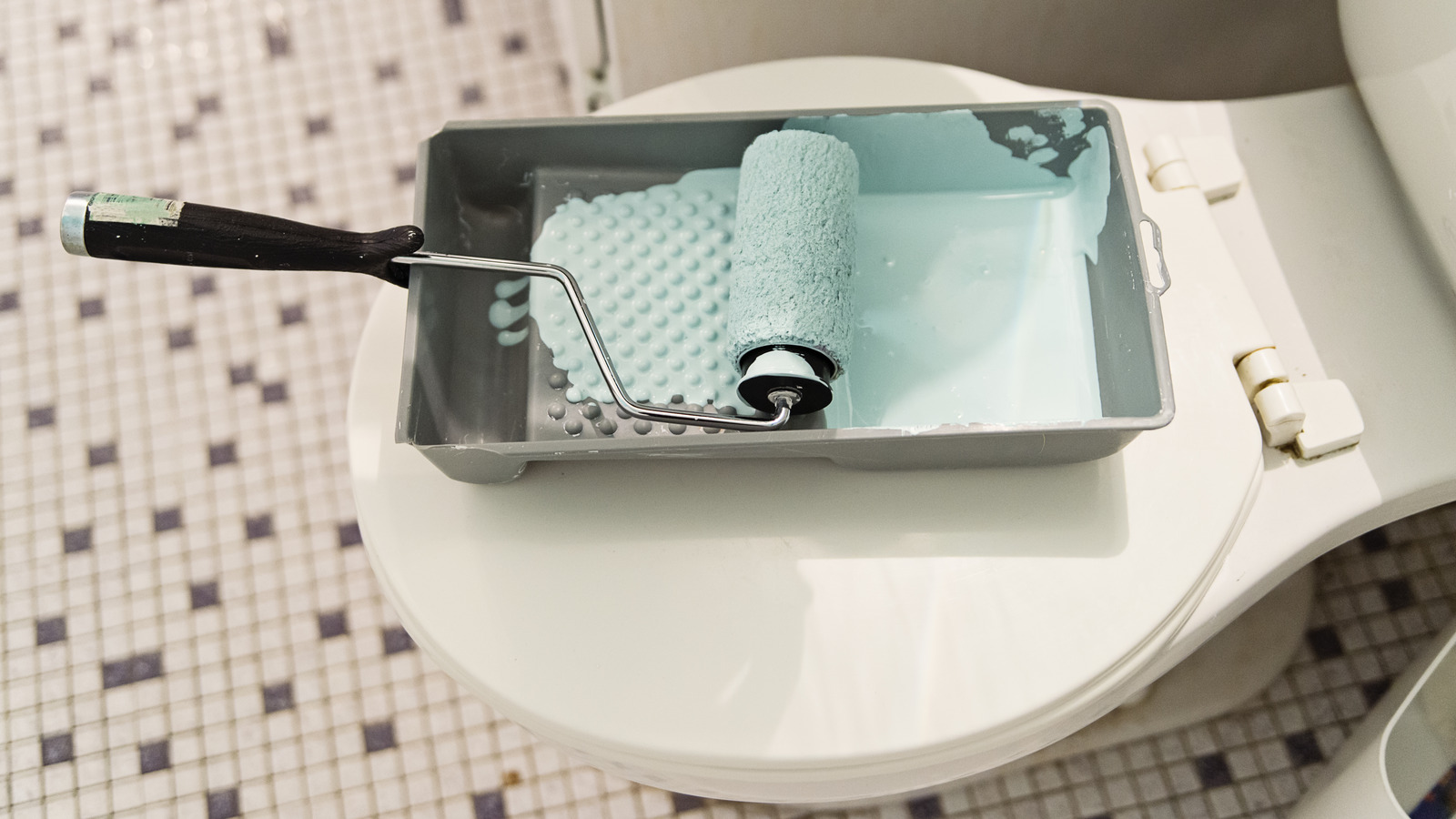
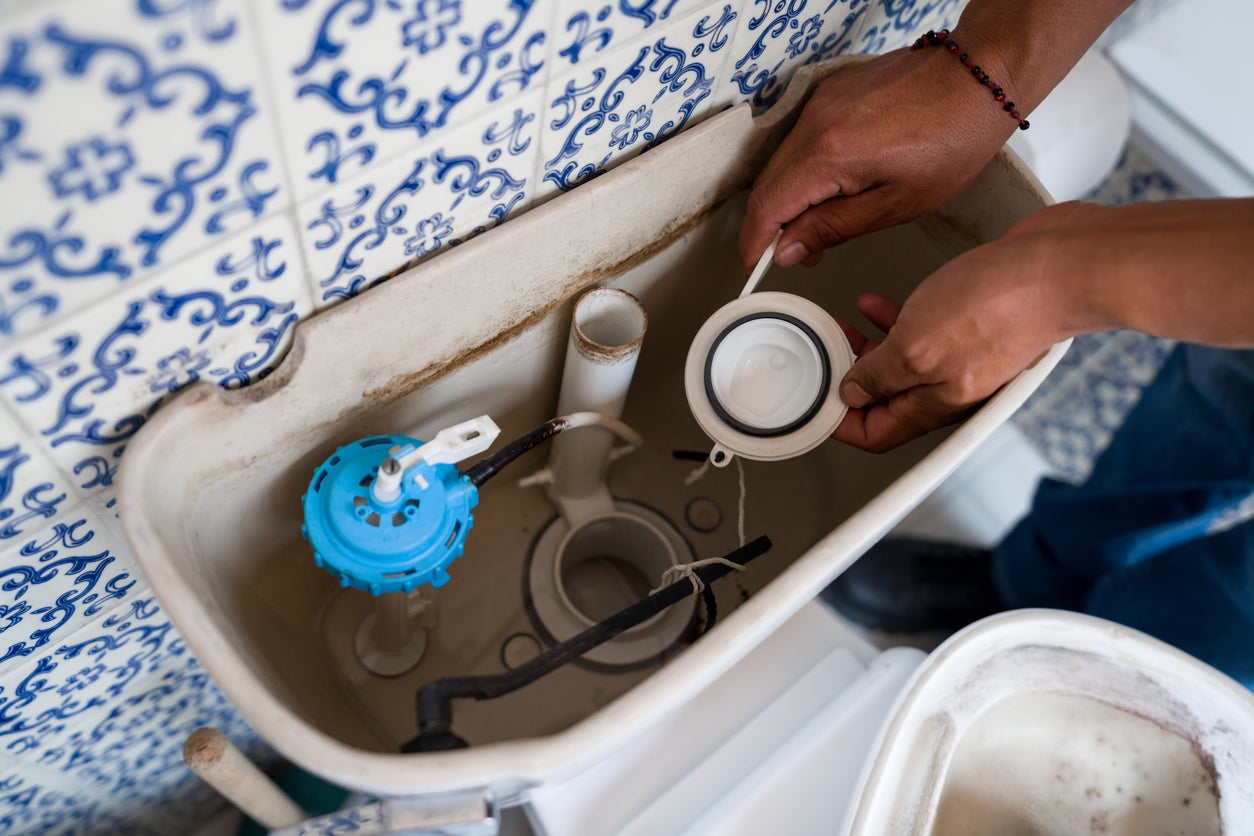
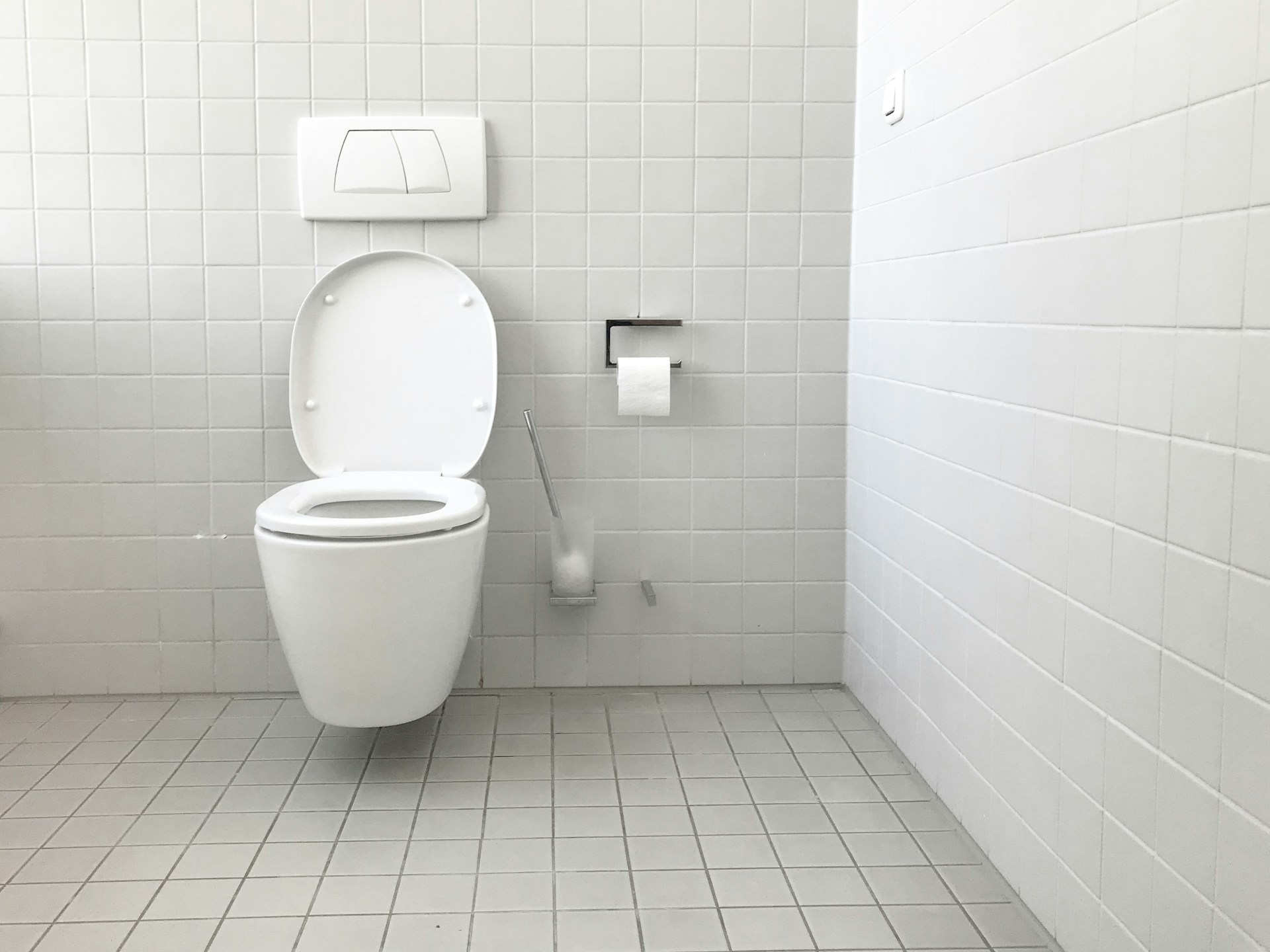
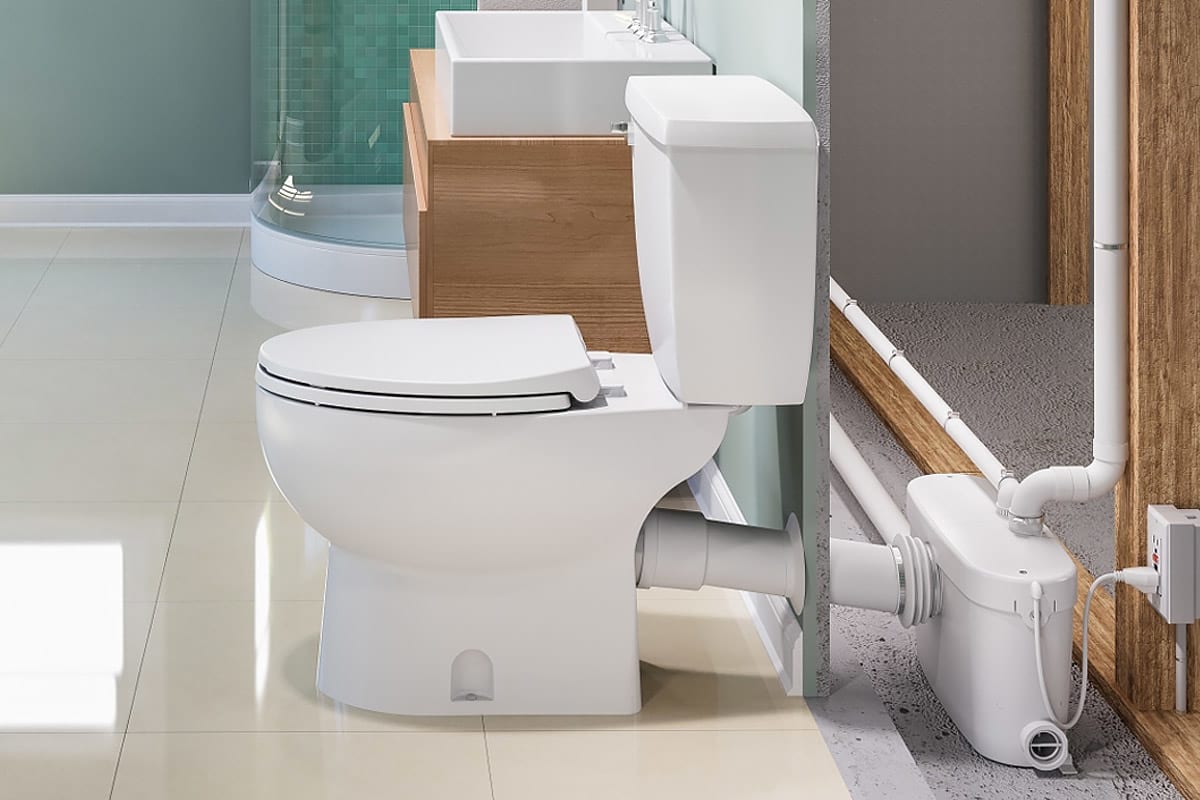
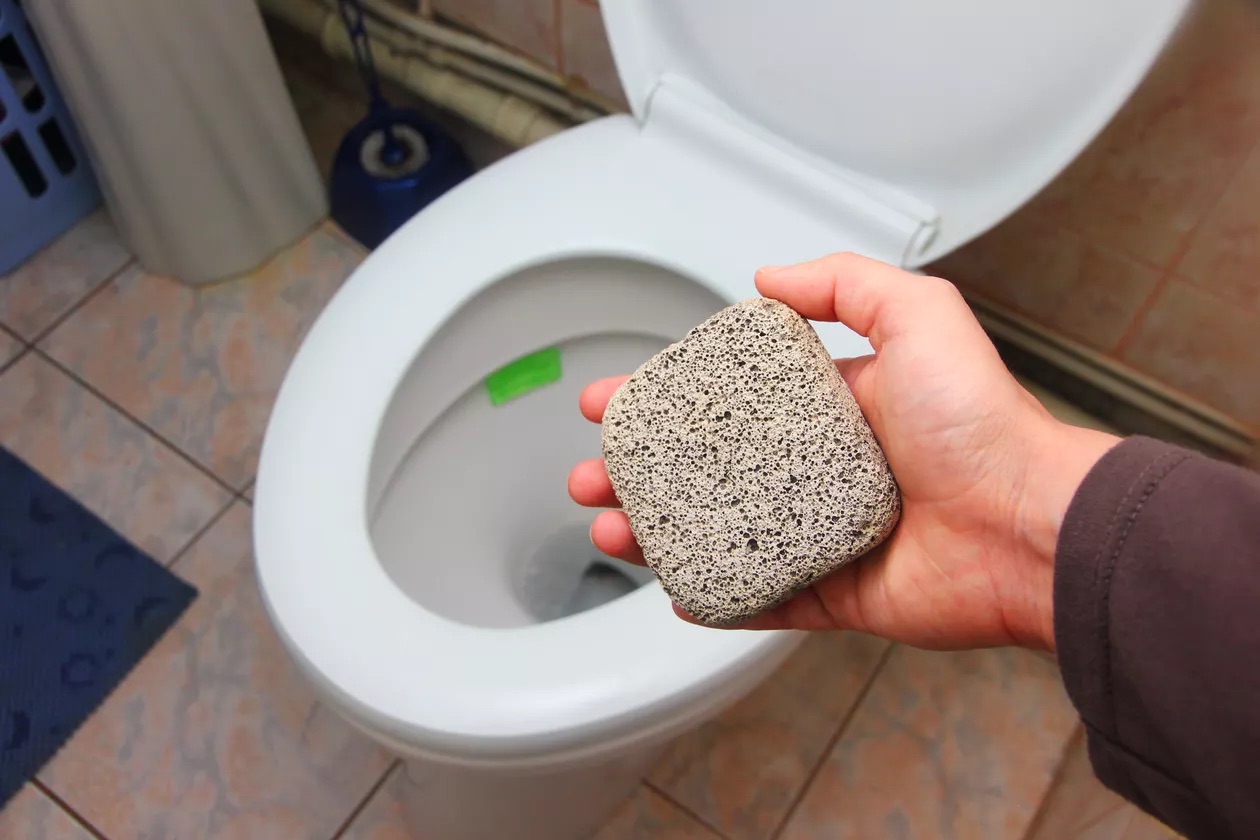
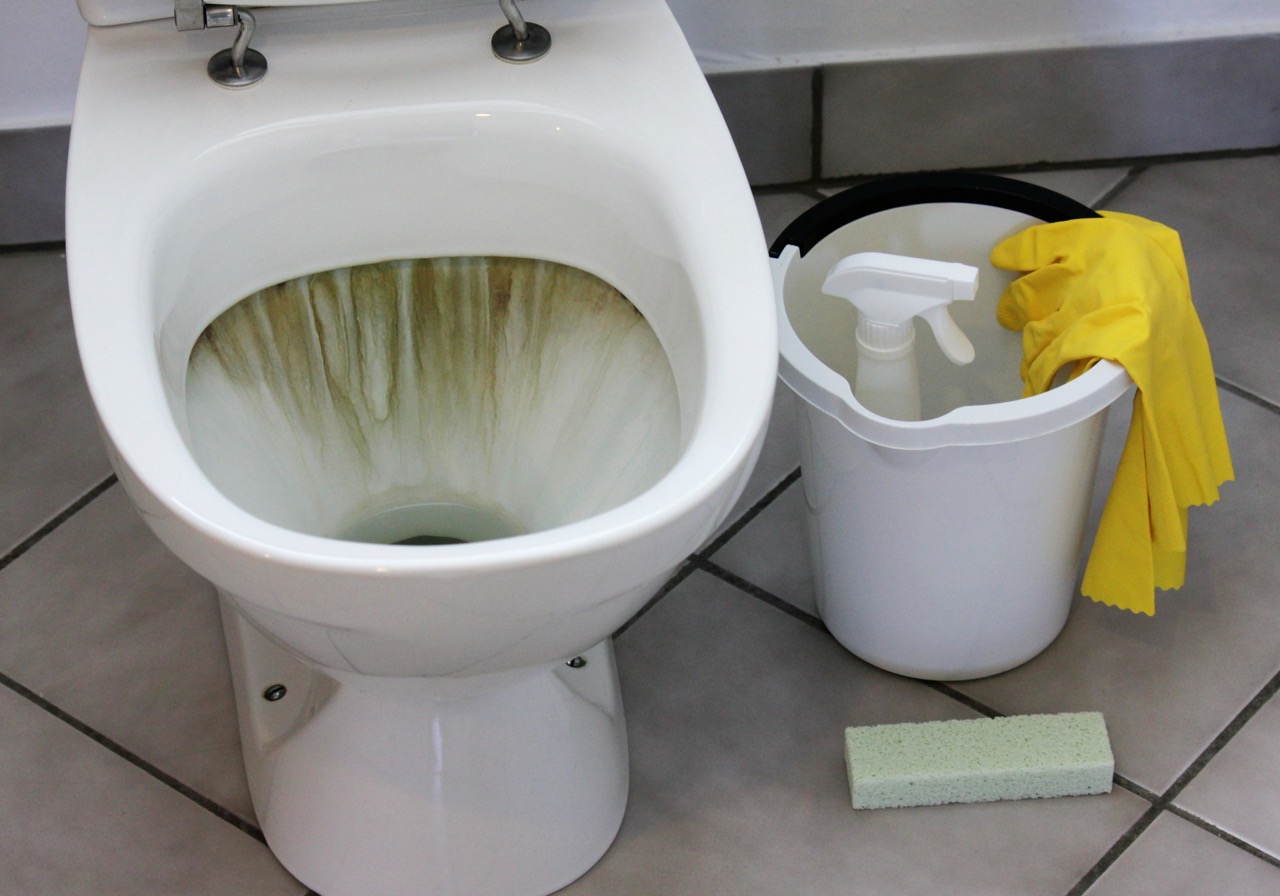
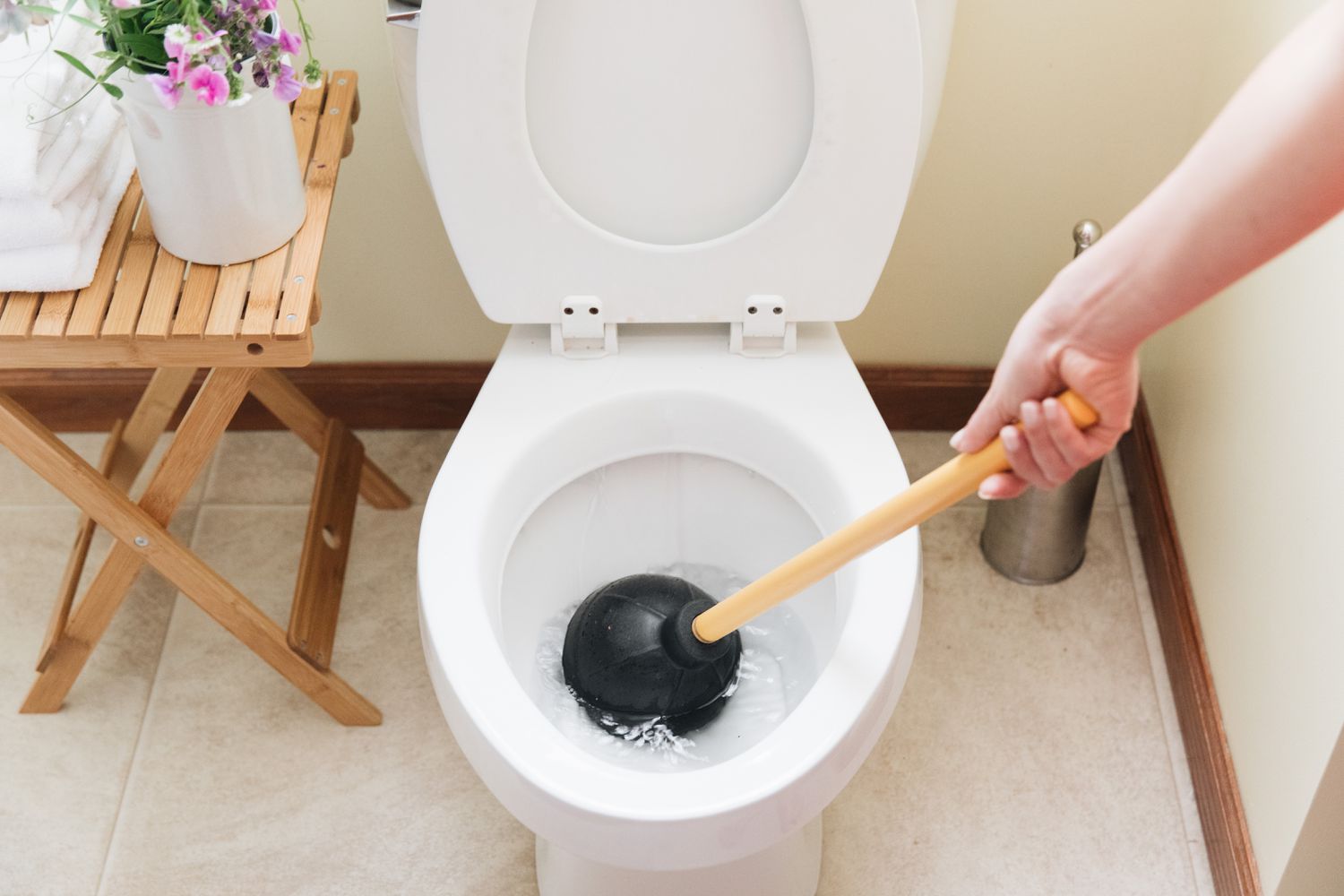
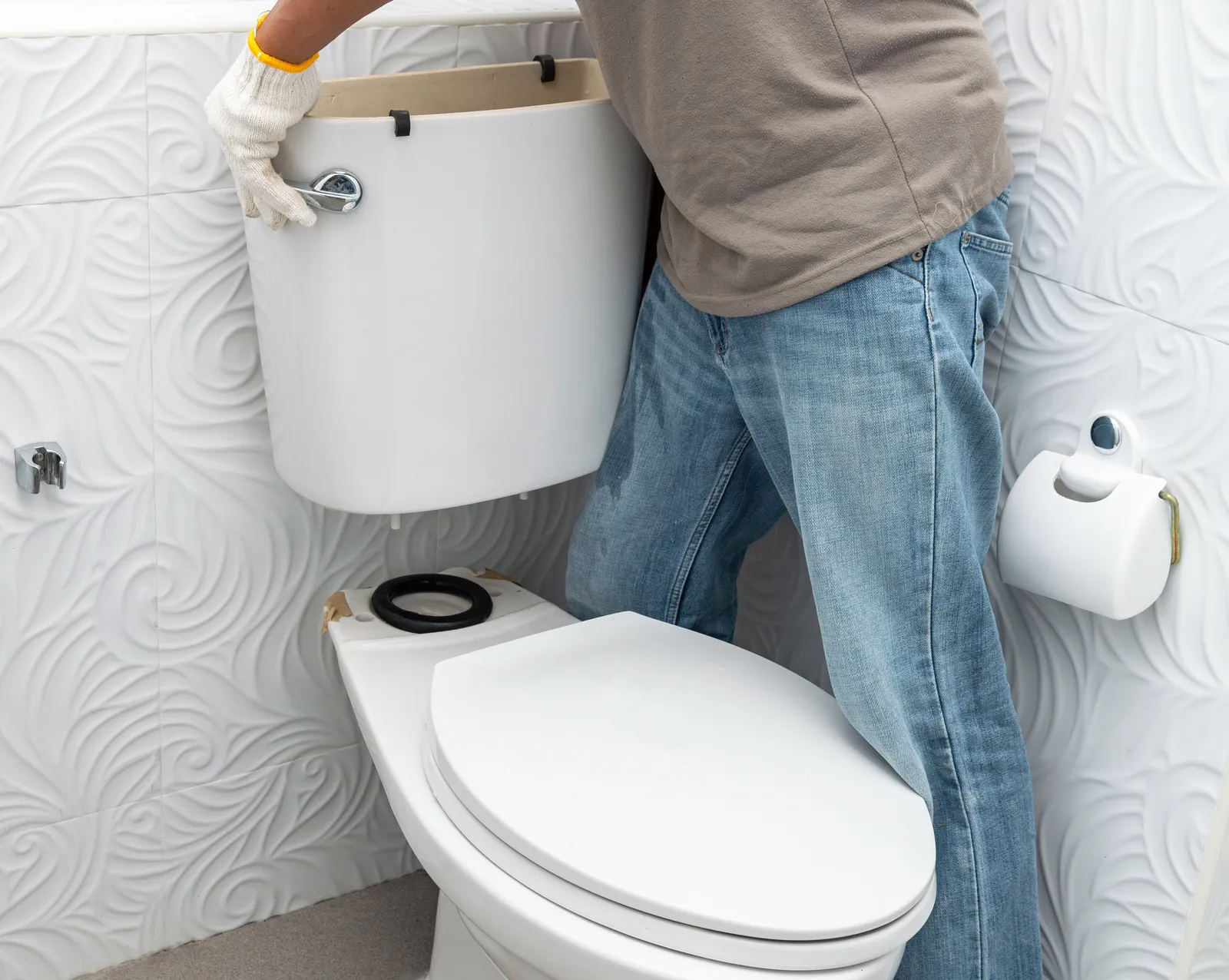
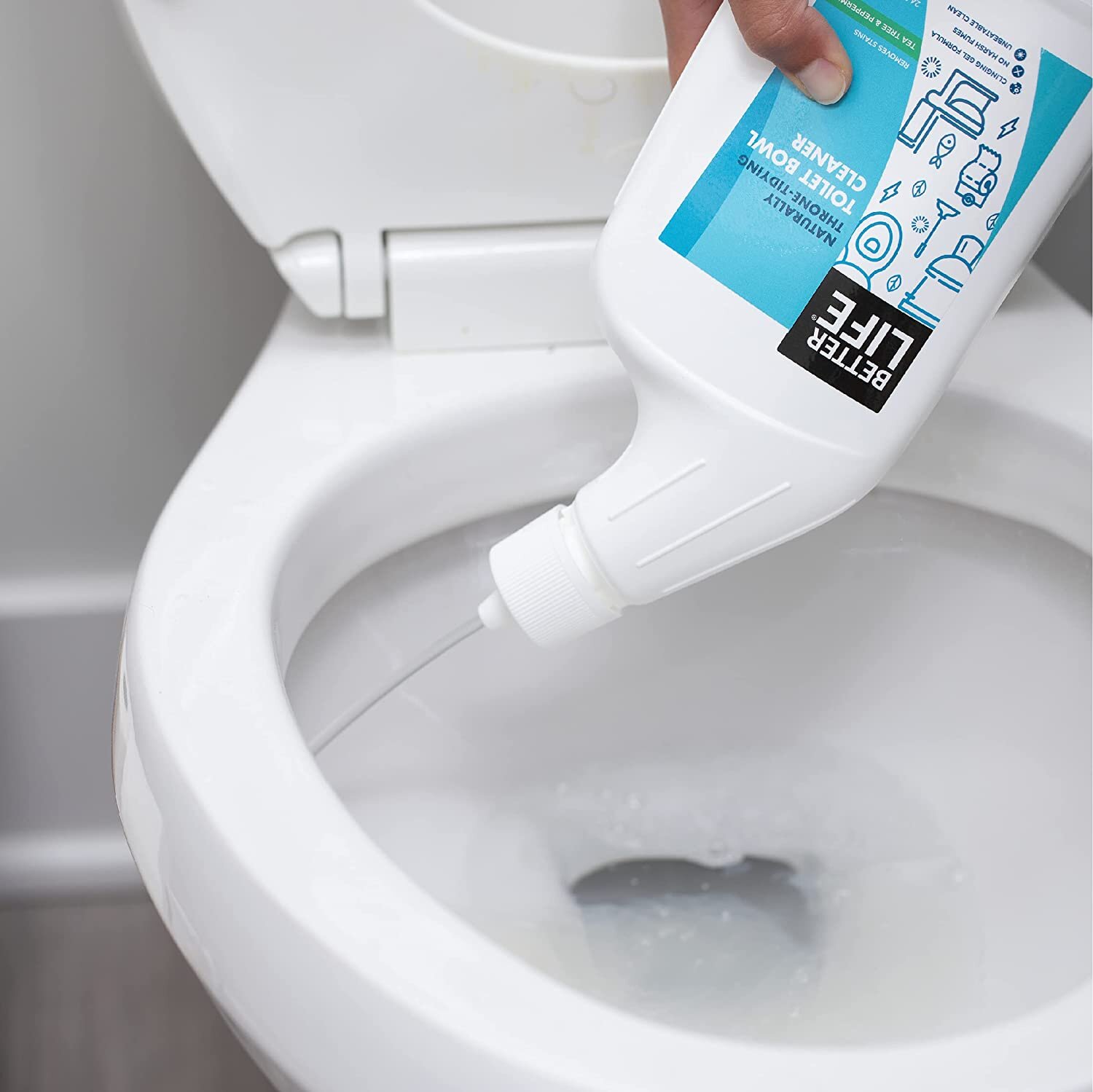
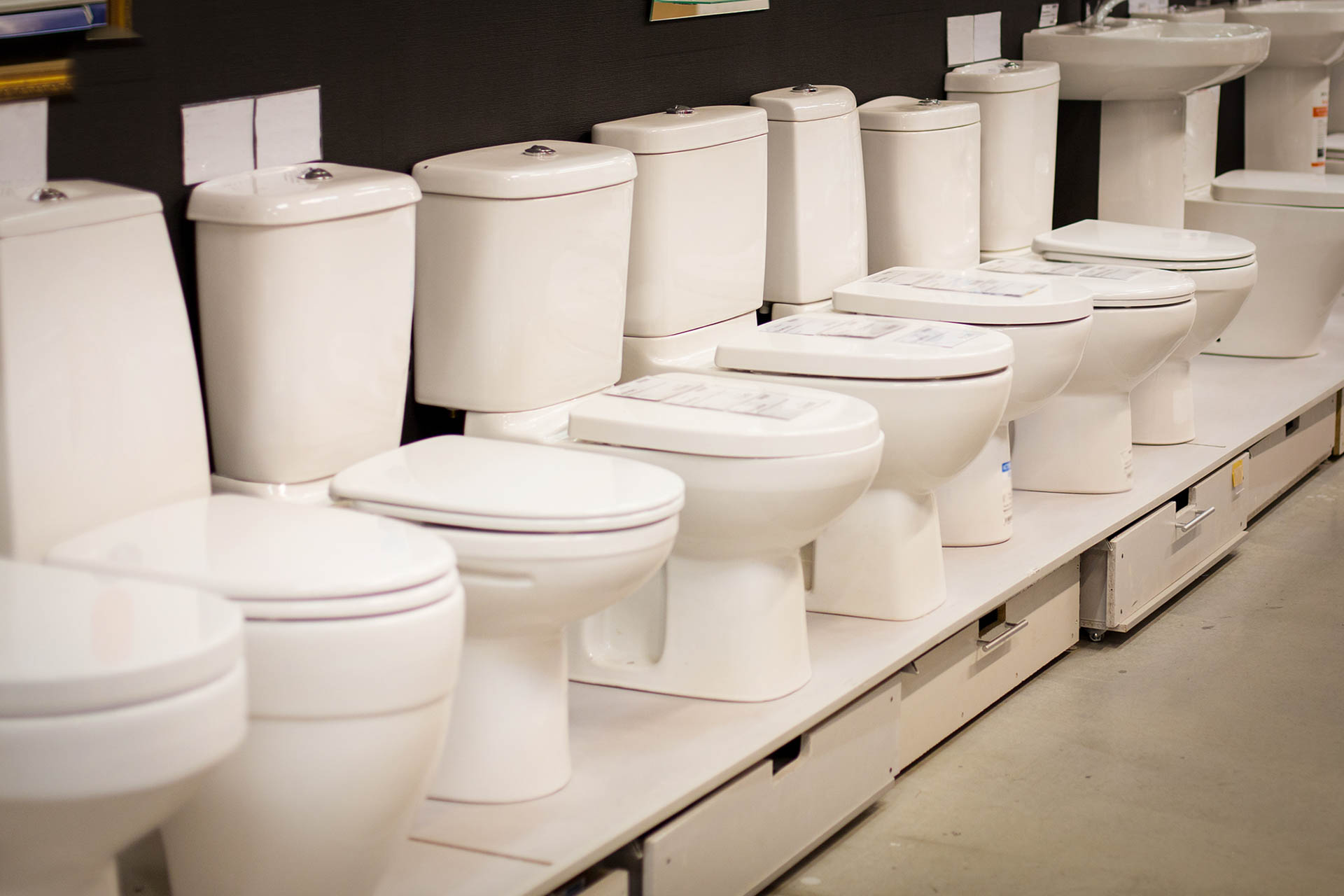
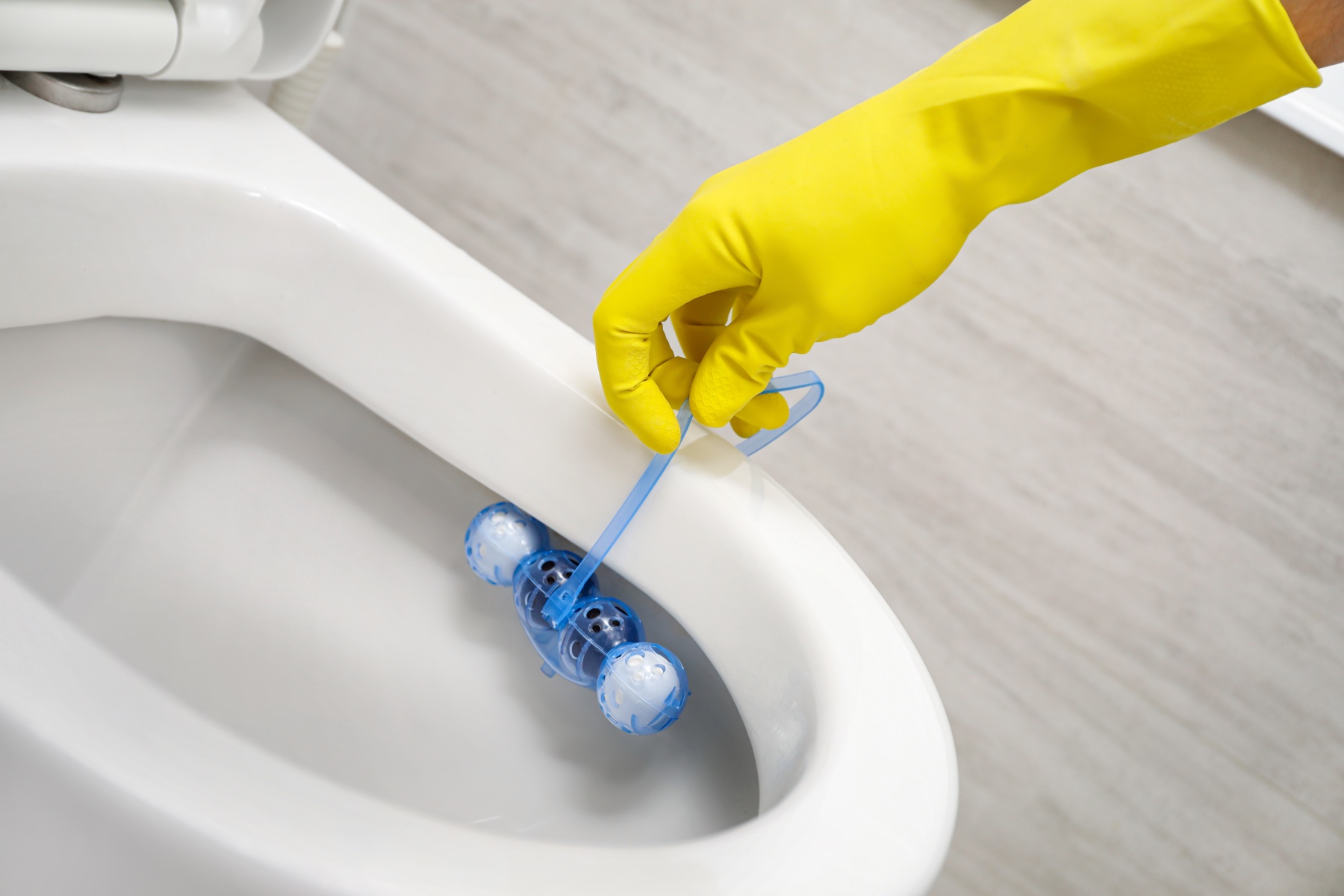
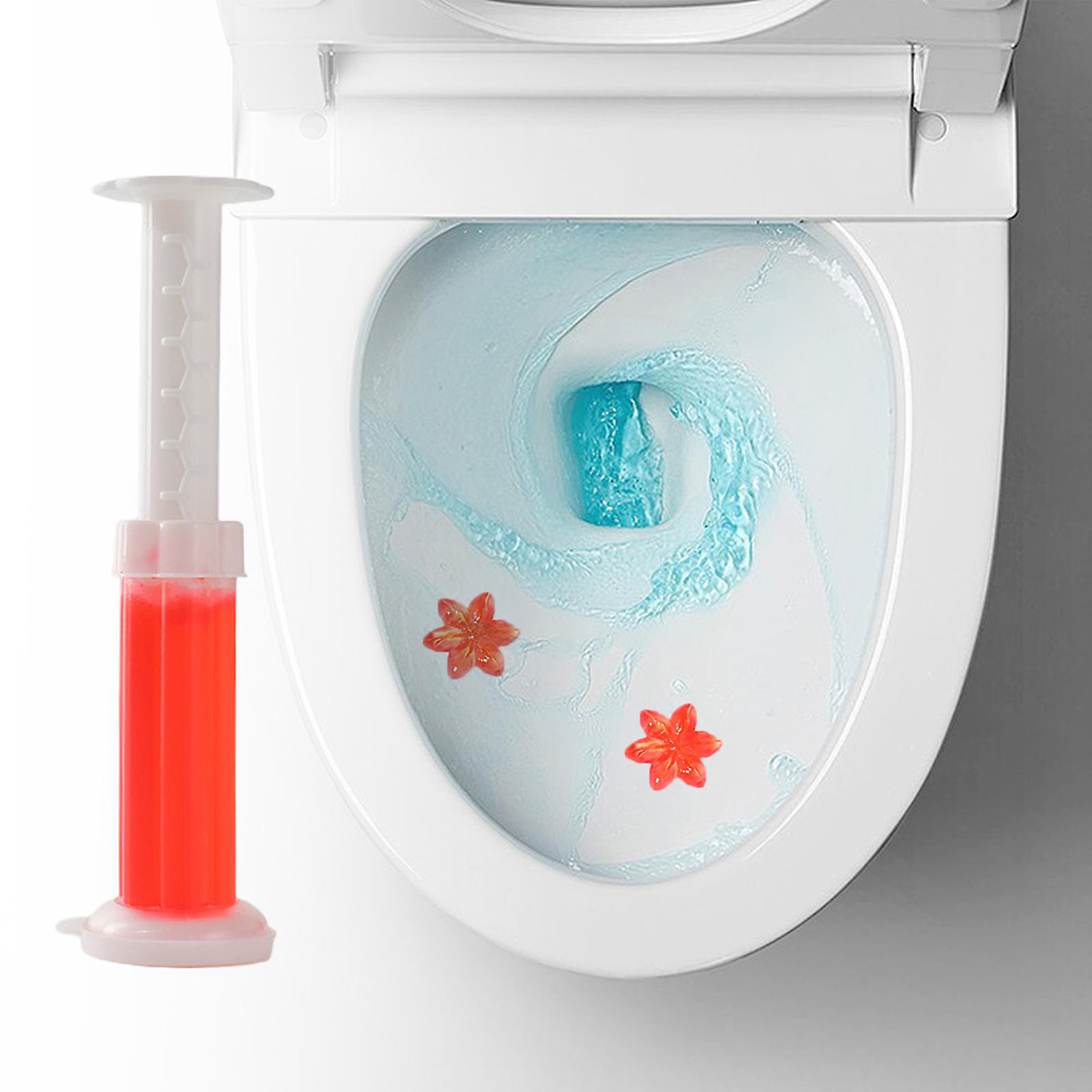
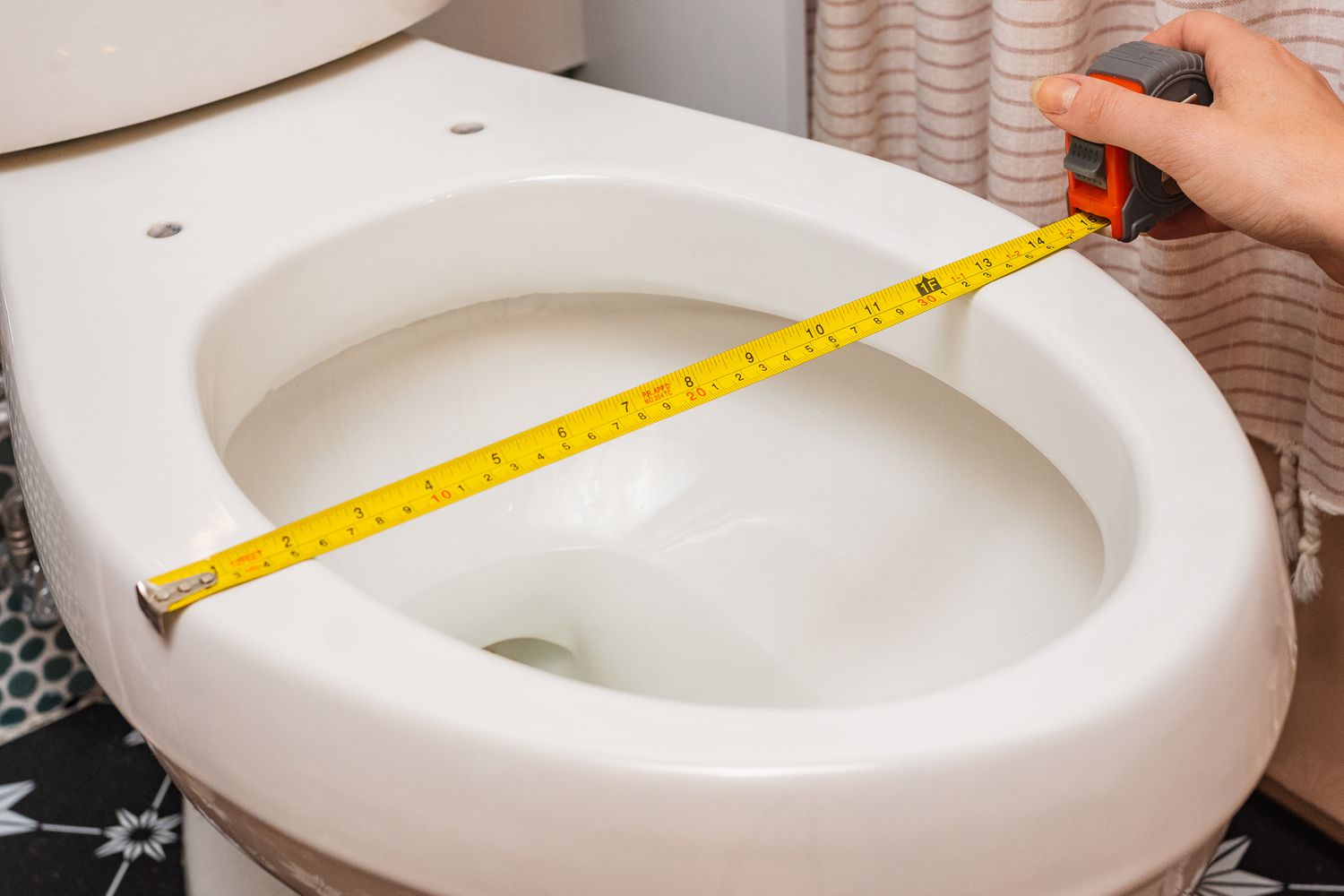

0 thoughts on “How To Descale A Toilet Bowl”